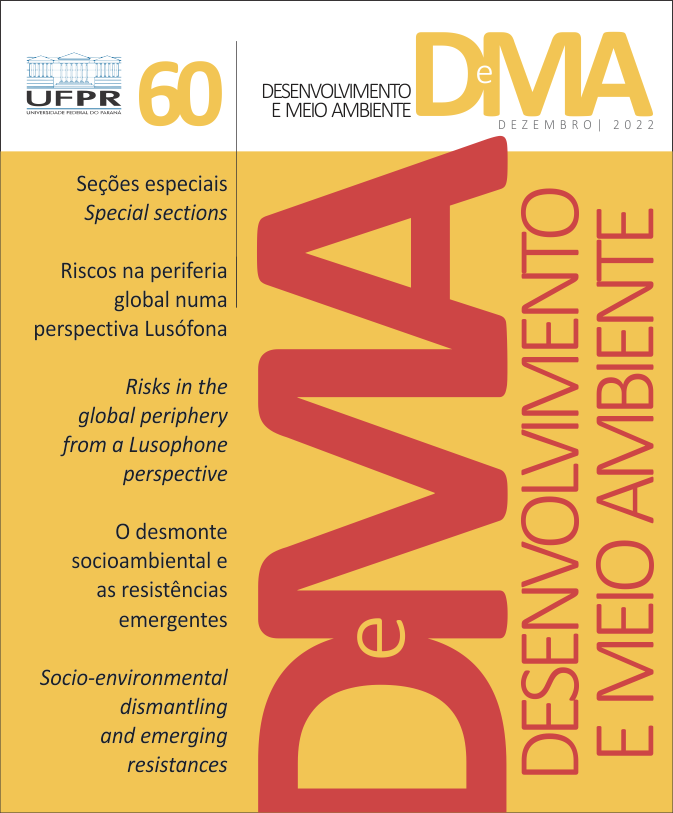(Anti) environmental policy in the United States and Brazil: a comparative analysis
DOI:
https://doi.org/10.5380/dma.v60i0.80062Keywords:
environmental policy, commons, deregulationAbstract
The article analyzes the existing affinities between the environmental policy of Donald Trump (2017-2020) and Jair Bolsonaro (2019-2020), based on the main changes made in this field by both governments. Through a bibliographic review on the subject, in addition to consulting the hemerographic sources and documents produced by scientific associations and non-governmental organizations, we identified four significant similarities: 1. The delegitimization of environmental agencies and related agencies; 2. Environmental deregulation and weakened enforcement; 3. Violation of the rights of indigenous peoples and traditional communities; 4. Political persecution of civil servants and scientists in the environmental field. These similarities could be associated with meeting the demands of the extractive sector and agribusiness, coupled with the effort to destroy goods in general use and their forms of community management.
Downloads
Published
How to Cite
Issue
Section
License
Copyright on works published in this journal rests with the author, with first publication rights for the journal. The content of published works is the sole responsibility of the authors. DMA is an open access journal and has adopted the Creative Commons Attribution 4.0 Not Adapted (CC-BY) license since January 2023. Therefore, when published by this journal, articles are free to share (copy and redistribute the material in any medium or format for any purpose, even commercial) and adapt (remix, transform, and create from the material for any purpose, even commercial). You must give appropriate credit, provide a link to the license and indicate if changes have been made.
The contents published by DMA from v. 53, 2020 to v. 60, 2022 are protected by the Creative Commons Attribution-NonCommercial-NoDerivatives 4.0 International license.
DMA has been an open access journal since its creation, however, from v.1 of 2000 to v. 52 of 2019, the journal did not adopt a Creative Commons license and therefore the type of license is not indicated on the first page of the articles.




